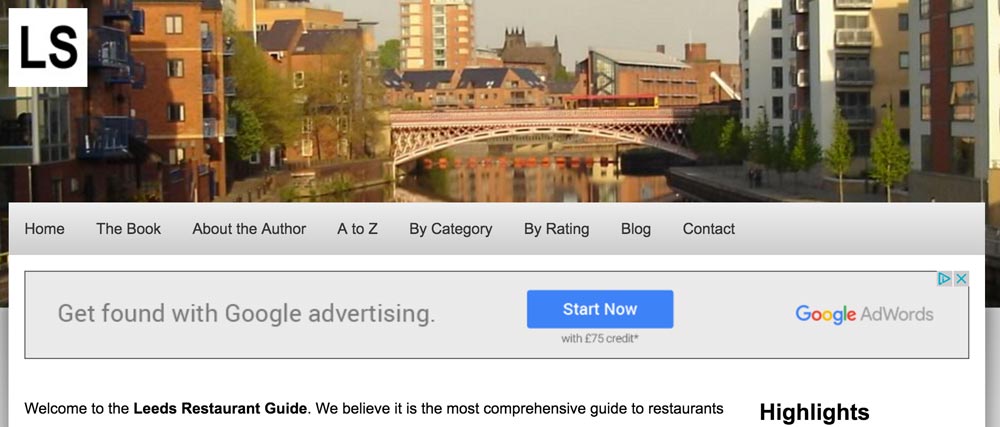cURL SSLv3 calls failing
Wednesday, July 22nd, 2015 | Programming, Tech
If you try and connect over HTTPS/SSL with cURL you may get an error similar to:
sslv3 alert handshake failure
Or:
Unknown SSL protocol error in connection
If you cannot see a descriptive error message, use –verbose to report everything.
The cause of this often that hosts have disabled SSLv3 because it has now been compromised. The solution is to use TLS, which is a newer more secure protocol.
curl --tlsv1 --verbose hostname
If you are using cURL in PHP you can change the SSL version to use TLSv1.2.
CURLOPT_SSLVERSION => 6
You should then be able to make the cURL request over SSL successfully.
If you try and connect over HTTPS/SSL with cURL you may get an error similar to:
sslv3 alert handshake failure
Or:
Unknown SSL protocol error in connection
If you cannot see a descriptive error message, use –verbose to report everything.
The cause of this often that hosts have disabled SSLv3 because it has now been compromised. The solution is to use TLS, which is a newer more secure protocol.
curl --tlsv1 --verbose hostname
If you are using cURL in PHP you can change the SSL version to use TLSv1.2.
CURLOPT_SSLVERSION => 6
You should then be able to make the cURL request over SSL successfully.




